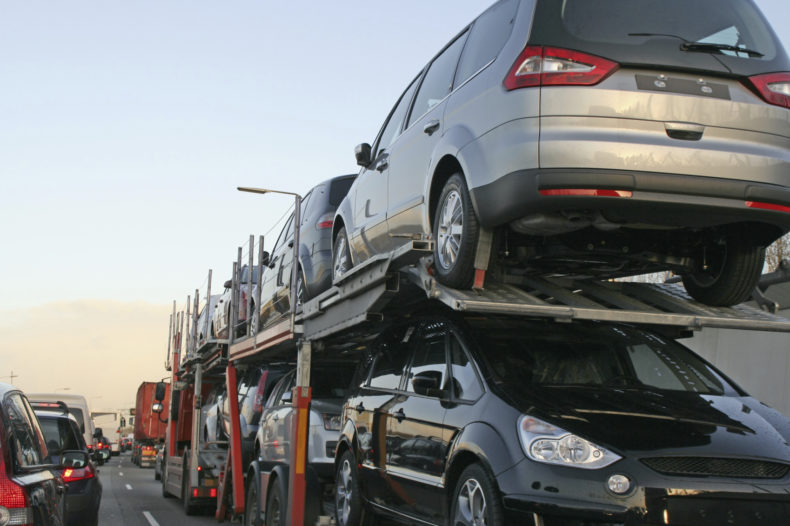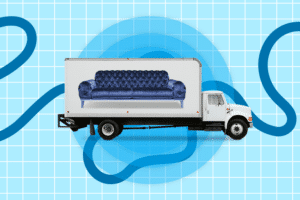So you’re shipping your car across state lines. You’ve listed it, carefully reviewed quotes, and chosen the perfect transporter. So now what? Preparing your car for shipment shouldn’t be daunting. Less than 5% of vehicles transported endure any sustainable damage, and following these simple steps can help ensure your car isn’t one of them.
Inspect your car thoroughly
Start by giving it a thorough wash, then make a written record and snap photos of any chips, dents, scratches or other cosmetic damage. Take additional photos of the car, and make sure the transporter knows about any imperfections.
Remove any custom or personal items
Your car will most likely travel unlocked as it will need to be accessed periodically during transport, so anything of value inside should be removed. This could include custom stereos, DVD players or GPS systems. It’s vital you also remove all personal items. The transporter is not responsible for delivering anything inside the vehicle – only the car itself. In some cases, transporters can actually incur fees for transporting goods, which they are likely not licensed to do. Items inside the car can also add weight to the car, and shift during transport, potentially damaging the interior or the items themselves.
Remove toll tags and parking passes
They could be automatically charged during transport, and could be threats for theft during the journey.
Ensure the car is in good, drivable condition. While cars that aren’t drivable are eligible for shipping, this is something that must be arranged in advance. For operable vehicles, mechanical issues can mean serious delays, so prepare early on to avoid them.
- Ensure the battery is charged and tires are fully inflated
- Top off all fluids
- Run down the gas tank to a quarter or less full. This will reduce weight.
- Keep an eye out for any leaks or mechanical problems and let the transporter know if anything comes up.
- Make a note of any quirks or special instructions required to drive your car.
- Prepare your car for loading and unloading.
- Fold back mirrors and retract the antenna if possible.
- Turn off your car alarm, or instruct the driver on how to disable it if needed. If your car is a convertible, make sure the top is secured thoroughly.
Following these steps, you’re much more likely to have a smooth, headache-free delivery. Learn what type of transport is right for your vehicle here.




